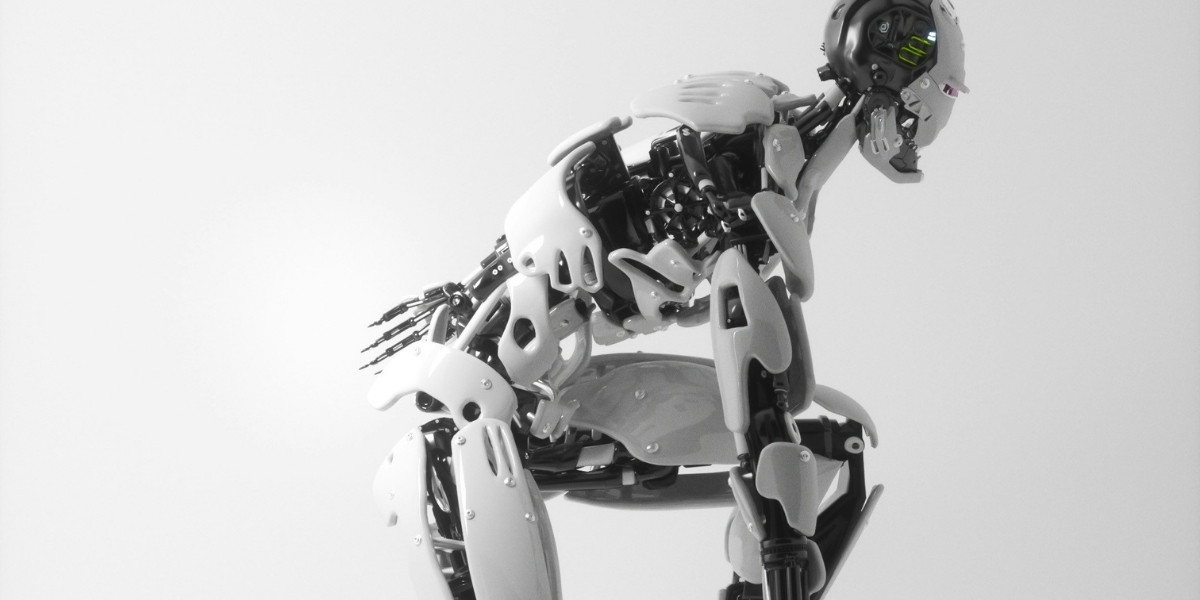China’s humanoid robots industry is making significant strides, transitioning from experimental prototypes to large-scale applications. With the announcement of a Guinness World Record and a major contract to deploy humanoid robots at border crossings, the country is positioning itself as a leader in robotics. As of November 2025, the AgiBot A2 humanoid robot achieved a groundbreaking feat by walking 66 miles (106 kilometers) from Suzhou to Shanghai, earning the record for the longest continuous trek by a humanoid machine. This achievement marks a pivotal moment in China’s robotics landscape, showcasing advancements in endurance, autonomy, and real-world application.
In parallel, Shenzhen-based UBTech Robotics has secured a $37 million contract to deploy its humanoid robots, known as “Walker S2,” at border crossings. These robots will assist travelers, manage crowds, and support public safety operations, signaling a significant expansion of humanoid robotics beyond industrial settings. The contract is expected to begin delivering robots in December 2025, making this one of the largest public service deployments of humanoid robots in the world.
Together, these milestones demonstrate how China is leveraging its technological advancements to lead the way in humanoid robotics, offering a glimpse of how these robots could integrate into various sectors of society.
Breaking Records and Showcasing Endurance
The AgiBot A2’s three-day walk from Suzhou to Shanghai was not just a publicity stunt—it was a true test of endurance, navigation, and mechanical resilience. The humanoid robot covered 66 miles without major technical failure, showcasing improvements in battery efficiency, autonomous decision-making, and balance. This record-breaking journey, which was confirmed by Guinness World Records, offers a clear indication of the robot’s ability to perform long-duration tasks in real-world environments.
While some might argue that humanoid robots are impractical compared to specialized machines, AgiBot A2’s success demonstrates that humanoid robots can, in fact, handle sustained, real-world tasks. This achievement has sparked curiosity about the potential of humanoid robots to be used in applications such as logistics, disaster response, and public service.
The media attention surrounding this record is also significant, with outlets like CBS News noting how the event resonated with the public. In a country like China, where technological advancements often carry symbolic weight, the successful completion of this trek has helped solidify the belief that humanoid robots are ready to take on more practical roles.
Humanoid Robots Expanding Into Public Services
While record-breaking feats like AgiBot A2’s walk grab headlines, the true test for humanoid robots lies in their deployment for real-world, practical use. UBTech’s Walker S2 robots are being prepared for deployment at border crossings, where they will help manage crowds, guide travelers, and support security operations. This initiative reflects confidence in humanoid robots’ ability to navigate unpredictable, high-traffic environments.
The $37 million contract secured by UBTech is one of the largest of its kind, with the robots expected to start operating at border crossings in Guangxi province, located at China’s border with Vietnam. These humanoid robots will be tasked with guiding travelers through customs, helping manage queues, and supporting border staff with inspections. This deployment is set to begin in December 2025, marking a significant expansion into public service applications for humanoid robots.
In addition to their border-crossing duties, Walker S2 robots are also being tested in factory environments, where they will patrol and monitor operations. These trials aim to assess how humanoid robots perform alongside human workers in complex, dynamic settings. As humanoid robots move beyond factory floors and into public spaces, they are poised to play an important role in managing public services and large-scale operations.
Humanoid Robots Move into Mass Production
China’s humanoid robot industry is entering a new phase of mass production, with companies like Unitree and AgiBot planning to manufacture thousands of units in 2025. Analysts predict that China will produce over half of the world’s humanoid robots by the end of the year, with more than 10,000 units expected to be sold globally. The domestic market for humanoid robots in China is forecast to reach 4.5 billion yuan (approximately US$616 million), while global sales are expected to generate 8.24 billion yuan (US$1.14 billion).
This surge in production reflects both technological progress and increasing market demand. Humanoid robots, once confined to research and development settings, are now being positioned as commercial products with applications in logistics, public safety, and customer service. By scaling production, companies aim to lower costs and make humanoid robots more accessible to industries beyond the tech sector.
Reports highlight the importance of mass production in transitioning humanoid robots from experimental tools to mainstream products. However, challenges remain in ensuring reliability and safety as production scales up, particularly as humanoid robots move into public service roles. Despite these hurdles, the rapid expansion of humanoid robots in China demonstrates the country’s growing influence in the global robotics market.
Humanoid Robots in Daily Life: Shaping New Norms
As humanoid robots become more integrated into public services, they are also shaping societal attitudes toward technology. The AgiBot A2’s record-breaking walk was not just a technological milestone; it was also a symbolic event that sparked conversations about progress, endurance, and the potential for robots to play a larger role in society. These events highlight the growing interest in how robots might seamlessly integrate into daily life.
In real-world settings, humanoid robots are being introduced as assistants rather than replacements for human workers. At border crossings, they are expected to help guide travelers, reduce congestion, and provide information. In factories, they will patrol and monitor operations, ensuring safety and efficiency without taking on the heavy labor typically reserved for machines. This framing positions humanoid robots as collaborators, aligning with broader goals of creating more efficient, human-friendly environments.
As humanoid robots expand into more sectors, the conversation will shift from “whether” robots can perform certain tasks to “how” they will fit into daily routines. The successful deployment of robots in public services is sparking a global dialogue on the role of humanoid robots in future societies.
The Future of Humanoid Robots in Society
The rapid expansion of humanoid robots in China raises important questions about their future role in public spaces. Will humanoid robots become a common sight in airports, border crossings, and factories? How will industries adapt to the integration of humanoid robots, and what new roles might emerge as these machines gain more capabilities?
Technological milestones like AgiBot A2’s world record walk and UBTech’s border-crossing deployment show that humanoid robots are ready for broader integration into various sectors. However, challenges remain in ensuring the safety, reliability, and public acceptance of these robots. Success will depend on how well innovation can be balanced with trust, making humanoid robots both functional and widely accepted by society.
Ultimately, China’s efforts in humanoid robotics represent a significant step toward defining the future of embodied AI. As the country continues to break records and expand its humanoid robot initiatives, it is setting the stage for a future where robots are integral parts of everyday life. The next few years will reveal whether humanoid robots will become a familiar part of daily operations or remain a symbol of technological ambition.










